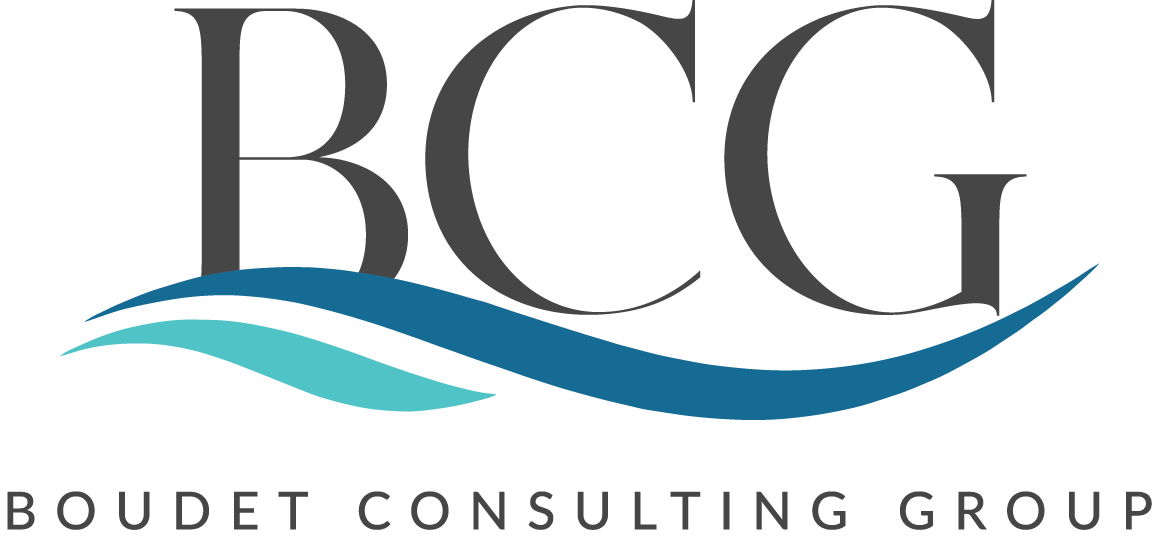Clear Lake, California’s largest natural freshwater lake, is facing a mounting environmental and public health emergency. Over the past several years, residents and scientists have watched as recurring toxic algal blooms have turned the once-pristine waters into a hazard zone. Now, state and local leaders are sounding the alarm, requesting $15.4 million in funding to launch a comprehensive restoration effort.
What’s Causing the Problem?
At the heart of the issue is the explosive growth of cyanobacteria—commonly called blue-green algae. While these organisms naturally occur in lakes and rivers, their overgrowth is often triggered by excess nutrients like phosphorus and nitrogen. These nutrients typically enter the water through agricultural runoff, septic system leakage, and stormwater pollution. Climate change exacerbates the situation: warmer temperatures and drought reduce water flow, making it easier for algae to thrive.
Why It Matters
Cyanobacterial blooms produce toxins that are harmful to humans, pets, and wildlife. When present, they can contaminate drinking water supplies, close beaches, and kill fish. Clear Lake has seen all of these impacts, with economic repercussions rippling through the local tourism industry and property values.
Local communities—including the Big Valley Band of Pomo Indians—have been vocal about the health risks and cultural loss associated with the lake’s decline. These communities often rely on the lake for food, recreation, and spiritual practices.
A Call for Action
The proposed $15.4 million in state funding would go toward:
- Nutrient reduction initiatives
- Wetland and shoreline restoration
- Expanded water quality monitoring
- Community engagement and environmental education
But experts stress that money alone isn’t enough. Coordinated efforts among local tribes, scientists, farmers, and policymakers are essential for meaningful progress.
What You Can Do
Even if you’re not a Clear Lake resident, you can play a role:
- Support policies that reduce agricultural runoff and promote green infrastructure.
- Stay informed about water quality issues in your area.
- Reduce household use of fertilizers and properly maintain septic systems.
Clear Lake’s crisis is a warning sign for other freshwater bodies across California and beyond. With sustained effort and investment, there’s hope not just for restoration, but for resilience.
To learn more about this issue and how you can help, reach out to BCG today.

